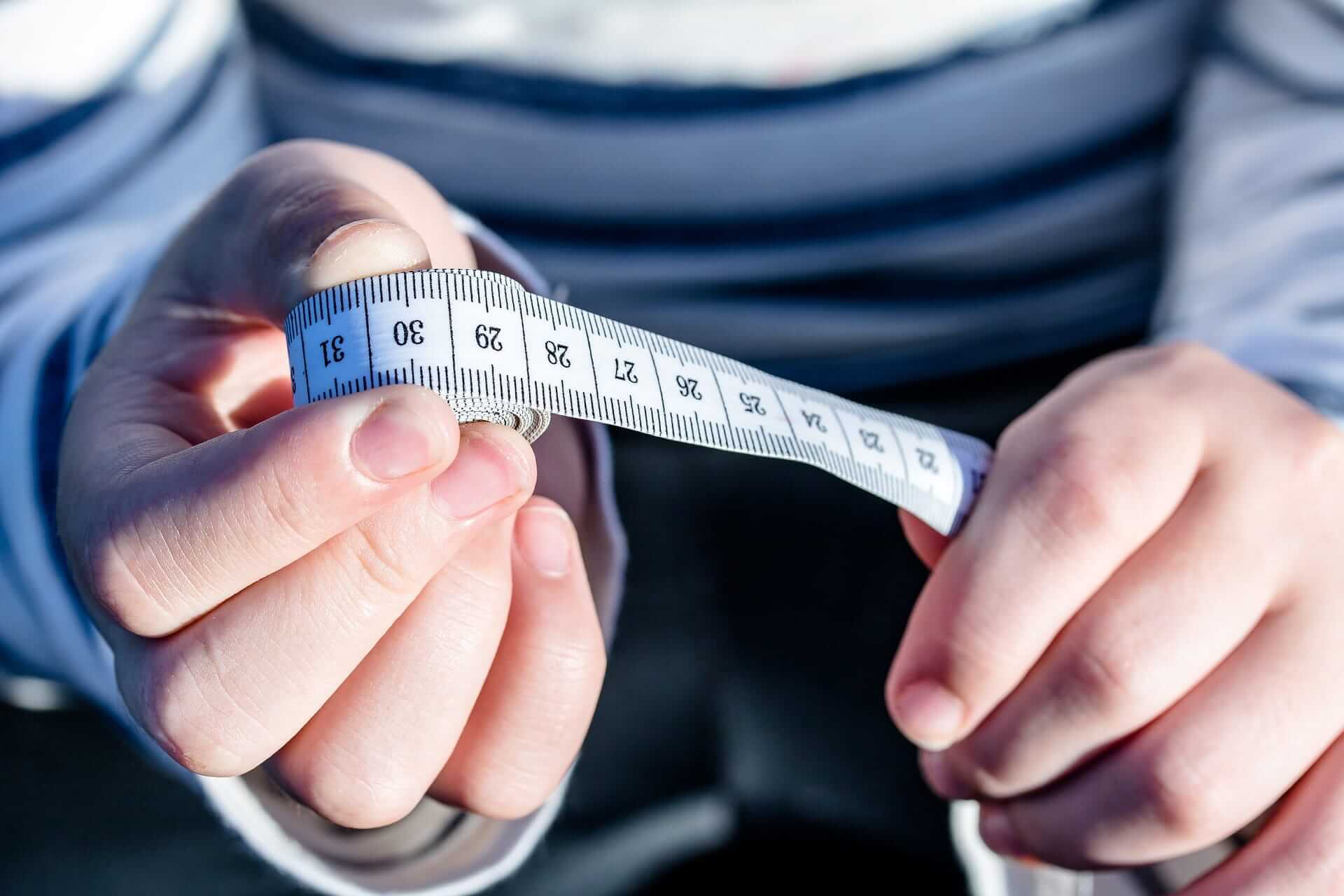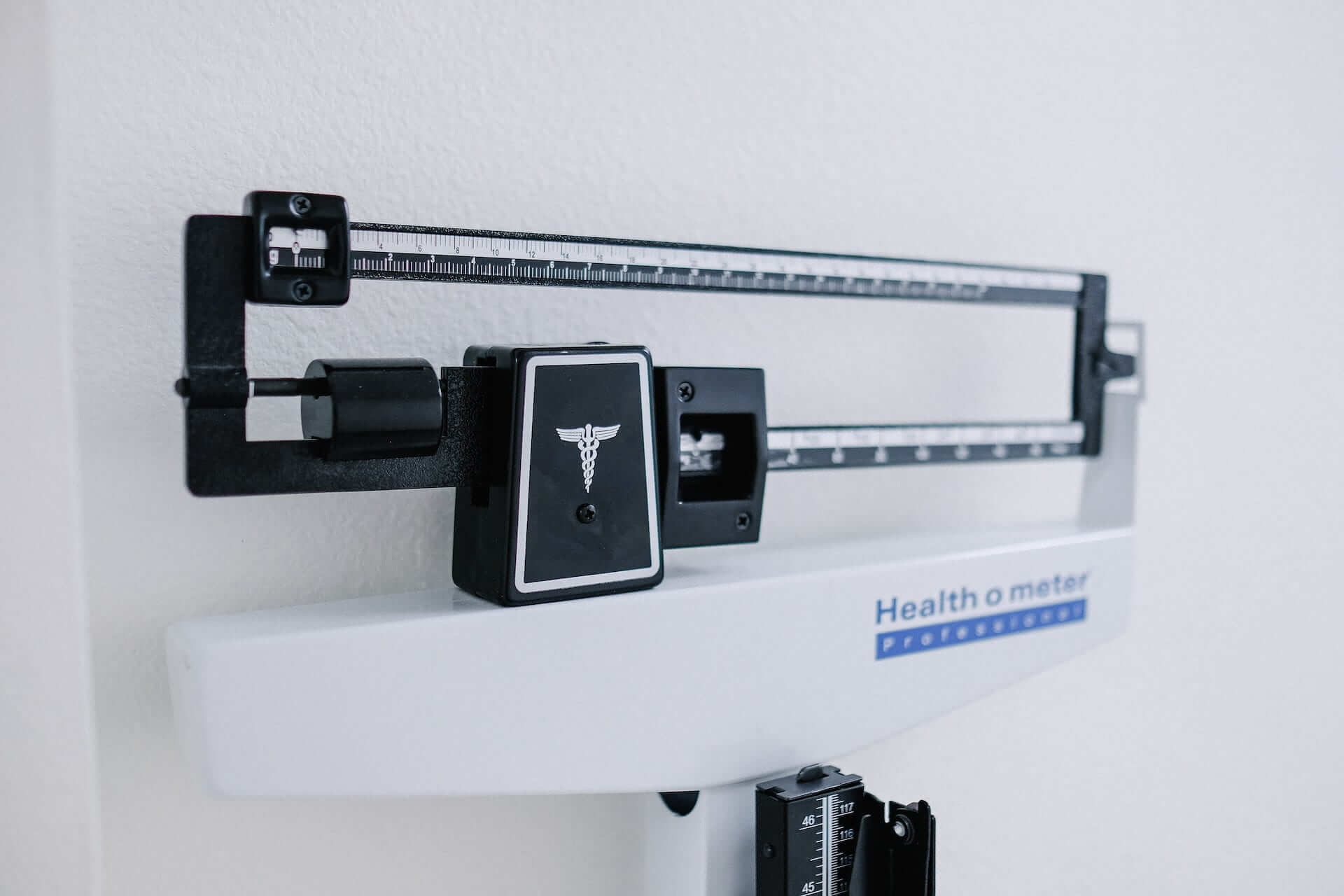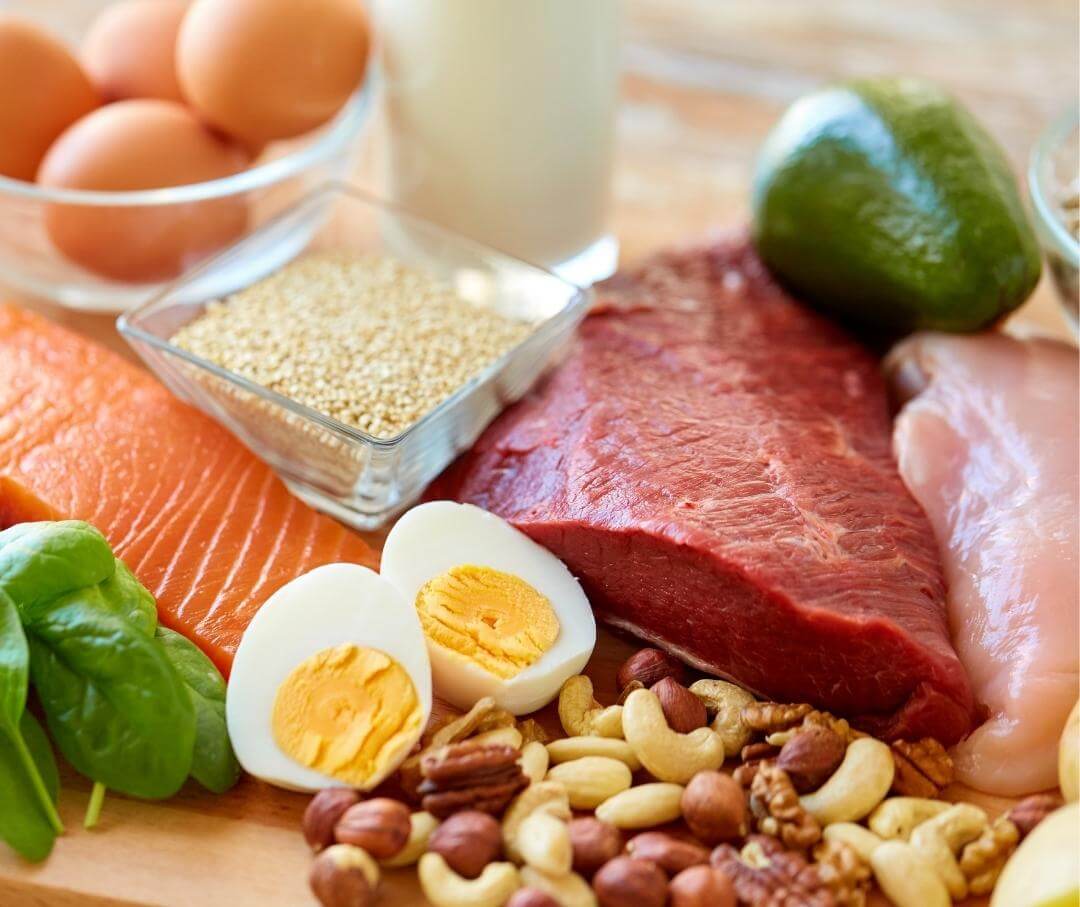The terms fat loss and weight loss are often used interchangeably, but did you know they refer to two very different processes? Weight loss refers to a decrease in one's overall body weight, which can result from losing muscle, water, and fat. Fat loss, on the other hand, is more specific. It refers to a decrease in weight resulting from losing body fat only.
It’s important to know the difference as it relates to our overall health. When most people set a weight loss goal, they want to lose body fat and tone up their body composition. However, losing body fat and gaining muscle doesn’t necessarily translate to a lower number on the scale.
Let’s break down the science behind fat loss vs. weight loss so that we can approach bodyweight management in a healthy and realistic way.
What Does Weight Loss Usually Tell Us?
Weight loss only tells us that we are carrying less mass throughout our bodies. We may notice a lower number on the scale, but how did we get there?
Our weight can frequently fluctuate, even daily, and these weight swings can occur due to various factors. We may see changes in weight resulting from hormonal imbalances, varying sodium intake, and fiber consumption. When weight loss occurs under such circumstances, it can encompass the loss of water weight, muscle, and fat.
{{mid-cta}}
What is Fat Loss?
Fat loss differs from weight loss in that it focuses on a decrease in the percentage of body fat levels. While losing fat can result in weight loss, it prioritizes keeping or building lean muscle mass, and there is certainly a significant difference between fat and muscle.
You might wonder, “Why am I losing body fat but not weight?” Since muscle tissue is denser than fat, muscles occupy less space in the body than fat. So, if we decrease our body fat percentage, we may notice our clothes fitting differently, but we may not see a significant difference in the number on the scale.
How to Identify Fat Loss from Weight Loss
When trying to lose weight, stepping on the scale and not seeing a difference can be defeating. Of course, it’s normal to want to see objective change, but we know that the number on the scale is not necessarily an accurate indicator of health. There is a difference between fat loss and weight loss, but how do we identify what is occurring internally in our own bodies? Let’s check out a few standard methods:
Body Mass Index (BMI)
Body mass index is an anthropometric measurement that health professionals use to classify one’s weight. However, BMI may decrease if you lose fat or lean body mass, so it may not be the most appropriate measurement for determining a healthy weight.
Body Fat Scales
Body fat scales use bioelectrical impedance to assess one’s body fat percentages. These scales can be a helpful tool if you find yourself wondering, “Am I losing fat or muscle?” When you step on the body fat scale, a small electrical current runs up your leg and across your pelvis, measuring the resistance from fat.
Calipers
Skinfold calipers measure the thickness of your subcutaneous fat in specific areas, such as the abdomen, by pinching the skin. The measurements are typically taken at three or seven different spots on the body, which can vary between men and women.
Unfortunately, since calipers rely on human knowledge and precision, there is significant room for error.
Tape Measure
A person’s body shape can provide a great deal of information about their body composition, specifically their body fat. Measuring the circumference of certain body parts using a tape measure is an easy way to estimate one’s body fat percentage. Although, it’s important to note that no two bodies are the same, and body fat distribution can affect the accuracy of the measurement.

Should You Aim to Lose Weight Or to Lose Fat?
Many weight loss programs promise to help you lose weight quickly. However, it’s important to remember that rapid weight loss may be the result of losing water and muscle tissue, which is not ideal for maintaining strength and wellness.
Losing muscle can be detrimental to our health since it’s critical to many aspects of our well-being. On the other hand, muscle retention offers many health benefits, including regulating blood sugar levels, maintaining a healthy body fat percentage, controlling inflammation, and maintaining levels of triglycerides and cholesterol in the blood.
Many studies have demonstrated the connection between higher fat-to-muscle ratios and chronic diseases like heart disease, diabetes, and metabolic syndrome.1
Plus, with more muscle, you have a higher metabolic rate, meaning you will burn more calories at your resting heart rate. So if losing weight benefits your health, focus on fat loss, not weight loss.
4 Tips to Lose Fat While Maintaining Muscle Mass
Reducing your overall calorie intake and increasing your physical activity are two essential components of the weight loss equation. But other factors must be considered if you want to lose fat and retain your lean muscle mass.
Don’t Skip the Protein
Meeting your protein needs is essential to your body’s overall health. Protein is necessary to create enzymes that aid digestion and energy production. The macronutrient is also critical for regulating fluid balance and supporting the immune system.
Most notably, protein is essential for building muscle mass. In a recently published four-week study, participants consuming low-calorie diets were randomly assigned protein ratios. One group was given 1.2 grams of protein per kilogram of body weight, and the other was given 2.4 grams per kilogram. Researchers found that both groups lost a significant amount of weight, but the high-protein group lost more fat mass and gained more muscle than those in the low-protein group.2
Aim For a Calorie-Deficit
To lose weight, you must create a calorie deficit by taking in fewer calories or burning more energy through exercise. However, reducing your calorie intake too dramatically can cause muscle loss instead of fat loss.
You can reduce the calories you eat by filling your meals with more nutrient-dense carbohydrates (like fruits and whole grains), veggies, lean meats, and low-fat dairy products instead of processed foods high in sugar.3
Get Your Sweat On
Physical activity is one of the most effective ways to lose fat instead of muscle. A recently published systematic review found that adults who participated in resistance training could maintain muscle mass while in a calorie deficit better than those who did not work out.4 In addition to preserving muscle, resistance exercise can help you gain muscle mass when combined with a well-balanced diet.
The Physical Activity Guidelines for Americans recommends the average healthy adult gets 150 to 300 minutes per week of moderate-intensity cardio and strength training workouts that involve all muscle groups.5 In addition, weight training can raise your metabolic rate and help you burn more calories while preserving your fat-free mass.
Make Time for Recovery
You know your body better than anyone else, so be sure to listen to it. If it’s begging you for a rest day, it’s best to take it easy. Recovery is essential for muscle growth. When we exercise, we cause damage to our muscles in the form of microscopic tears to the muscle tissue. But when we rest, cells called fibroblasts can repair them, resulting in stronger muscles.
Rest days may look different depending on various factors. For some, you can recover with a walk around the neighborhood. Others may take a bike ride or go for an easy run, and some might need to take the day off of activity altogether. Maximize your recovery with proper nutrition, no matter what your rest day looks like.

Learn More About Healthy Nutrition and Fitness with Signos’ Expert Advice
The number on the scale doesn’t define healthy bodies, but our weight can undoubtedly affect our overall health. If your journey to your best health involves weight loss, focus on preserving your fat-free mass and building muscle.
Continuous glucose monitoring can effectively and efficiently understand the body’s response to our nutrition choices as you work towards changing your body composition. Learn how Signos can improve your health by supporting well-balanced nutrition and healthy eating habits, or check out the blog for the latest updates from Signos’ experts.
Curious if Signos is a good fit for your needs? Find out by taking a quick quiz! And if you have questions about your individualized nutrition needs, consider meeting with a registered dietitian nutritionist.
- Item 1
- Item 2
- item 3
Topics discussed in this article:
References
- Chen, Y., Fang, H., Wang, C., Kao, W., Yang, F., Wu, J., Sun, S., Wang, C., & Chen, L. (2018). Fat-to-muscle ratio is a useful index for cardiometabolic risks: A population-based observational study. PLoS ONE, 14(4). https://doi.org/10.1371/journal.pone.0214994
- Longland TM, Oikawa SY, Mitchell CJ, Devries MC, Phillips SM. Higher compared with lower dietary protein during an energy deficit combined with intense exercise promotes greater lean mass gain and fat mass loss: a randomized trial. Am J Clin Nutr. 2016;103(3):738-746. doi:10.3945/ajcn.115.119339
- U.S. Department of Agriculture and U.S. Department of Health and Human Services. Dietary Guidelines for Americans, 2020-2025. 9th Edition. December 2020. Available at DietaryGuidelines.gov.
- Sardeli, A. V., Komatsu, T. R., Mori, M. A., Gáspari, A. F., & T. Chacon-Mikahil, M. P. (2018). Resistance Training Prevents Muscle Loss Induced by Caloric Restriction in Obese Elderly Individuals: A Systematic Review and Meta-Analysis. Nutrients, 10(4). https://doi.org/10.3390/nu10040423
- U.S. Department of Health and Human Services. Physical Activity Guidelines for Americans, 2nd edition. Washington, DC: U.S. Department of Health and Human Services; 2018.
































